Test modal
L’ozone est un gaz quasiment incolore, même s'il peut être perçu par une couleur bleutée. Dérivé du grec ozein qui signifie « exhaler une odeur », l’ozone porte bien son nom : son odeur rappelant l’eau de Javel peut être perçue par l’odorat humain dès une concentration de 0,01 ppm (notamment aux abords des vieux photocopieurs).
Composé de 3 atomes d’oxygène, la formule chimique de l’ozone est O3.
L’ozone n’est pas un polluant émis directement. Il est considéré comme étant un polluant « secondaire », résultant de la transformation photochimique (en présence des rayons UV solaires) dans l’atmosphère de certains « précurseurs » ou polluants « primaires » (en particulier NOx et COV) via des mécanismes réactionnels complexes. La météorologie est un facteur qui influe fortement sur la formation de l’ozone : en général, plus il y a de soleil et de chaleur, plus la formation d’ozone dans l’air que nous respirons est importante !
L'ozone est un polluant soumis à réglementation
Pollution de fond | Valeur cible pour la santé humaine | 120 µg/m3 en maximum journalier sur 8h, à ne pas dépasser plus de 25 jours par an, moyenne sur 3 ans |
Valeur cible pour la végétation | 18 000 µg/m3 en moyenne horaire pour l’AOT calculé à partir de valeurs horaires entre 8h et 20h de mai à juillet, moyenne sur 5 ans | |
Objectif de qualité pour la santé humaine | 120 µg/m3 en maximum journalier de la moyenne sur 8h | |
Objectif de qualité pour la végétation | 6 000 µg/m3 pour l’AOT calculé à partir de valeurs horaires entre 8h et 20h de mai à juillet | |
Valeur guide OMS | 100 µg/m3 sur 8h | |
Pic de pollution | Seuil d’information et de recommandation | 180 µg/m3/h |
Seuil d’alerte | 240 µg/m3/h |






